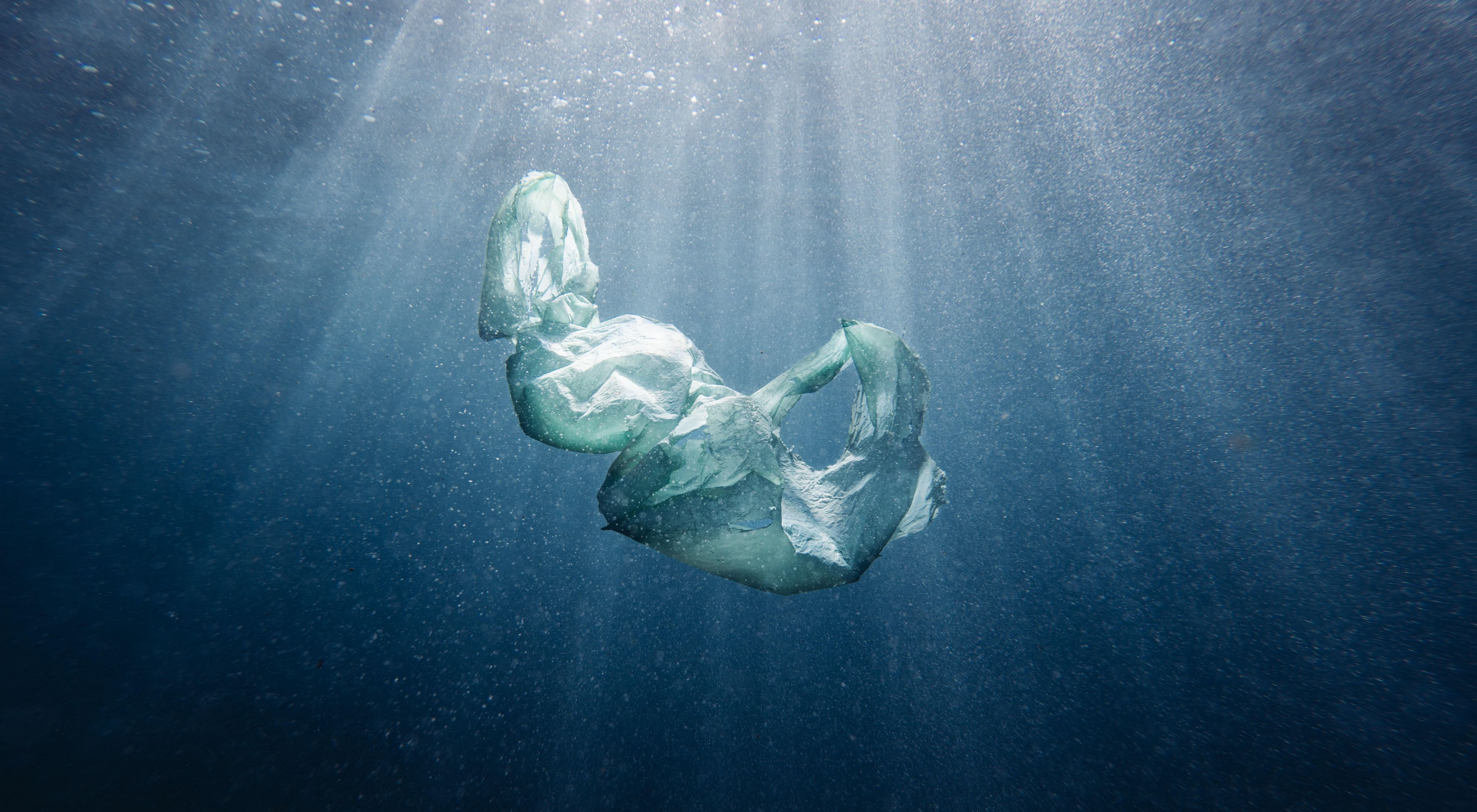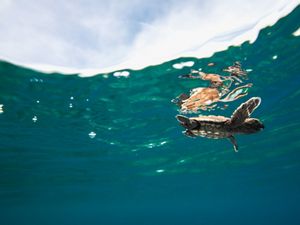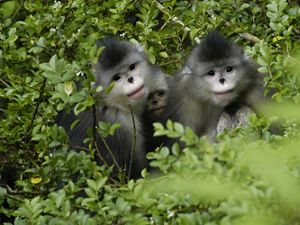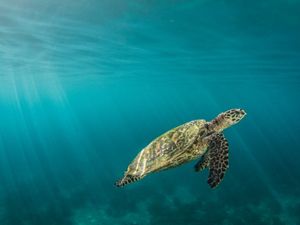While you can’t singlehandedly bring hawksbills back from the brink of extinction—try though you might!—there are many actions you can take to help save them.

Here’s a list of 8 things you can do to help these critically endangered animals bounce back.
1. Don’t buy tortoiseshell products, or anything that even looks like tortoiseshell. Most tortoiseshell comes from hunted hawksbills, and it can be very difficult to tell the difference between real tortoiseshell and plastic. Wearing an endangered species is not fashionable—it’s cruel, unnecessary and unfair. Make a real fashion statement and stay away from anything that looks like tortoiseshell!
2. Use reusable shopping bags and avoid creating plastic bag waste. It’s no secret that discarded plastic is causing major problems for people and wildlife, from our seas to our drinking water. Plastic bags in particular look like food (squid or jellyfish) to sea turtles—but eating a plastic bag can be fatal to them.
3. Do not consume turtle, turtle eggs, or ground turtle bones. Whether in traditional medicine, soup or some other dish, don’t eat anything made from hawksbills (or any other sea turtle, as all but one species are vulnerable or endangered).
4. Don’t release balloons. It may sound silly, but like discarded plastic bags, balloon fragments can also look like jellyfish to sea turtles and other marine creatures. Like plastic bags, balloon fragments can kill these creatures if ingested.
5. Ask whether the fish and seafood you buy at shops and order in restaurants is sustainably sourced. Hawksbills and other sea turtles and marine life, like dolphins, often wind up as accidental catch, or bycatch, in fishing nets that aren’t designed to allow for their escape. Sustainable fish and seafood are caught using techniques and gear that minimize or eliminate bycatch.
6. Never approach or disturb nests, nesting sites, hatchlings, or grown hawksbills or other sea turtles. If you’re lucky enough to encounter a hawksbill when swimming, snorkeling, diving, or on a beach, do not approach: keep a respectful distance of 50 meters or more, and NEVER feed them, as you could be endangering them even further.
7. When boating, watch for sea turtles and other marine life in the water, and be sure to steer around them. Boat strikes are a serious threat to hawksbills, dugongs, and many other species.
8. Help protect and rebuild coral reefs! Coral reefs are where hawksbills shelter and feed, but warming seas and reef destruction are laying waste to coral reefs throughout the region: 50 percent of Pacific coral reefs are threatened. Don’t buy coral jewelry or décor, do buy sustainable seafood, and take immediate action to reduce your carbon footprint.
Hawksbills are survivors: they have been around since the dinosaurs, weathering all kinds of changes and calamities for tens of millions of years. In just a small fraction of that time, humans have proven to be their worst threat yet. Taking action and standing together, we may yet be able to turn things around for these gentle giants, and restore health and balance to our planet—for all of us.
Save Sea Turtles Together: Make a Difference
You can make a difference by joining today. Donate now to become a Conservation Champion.




